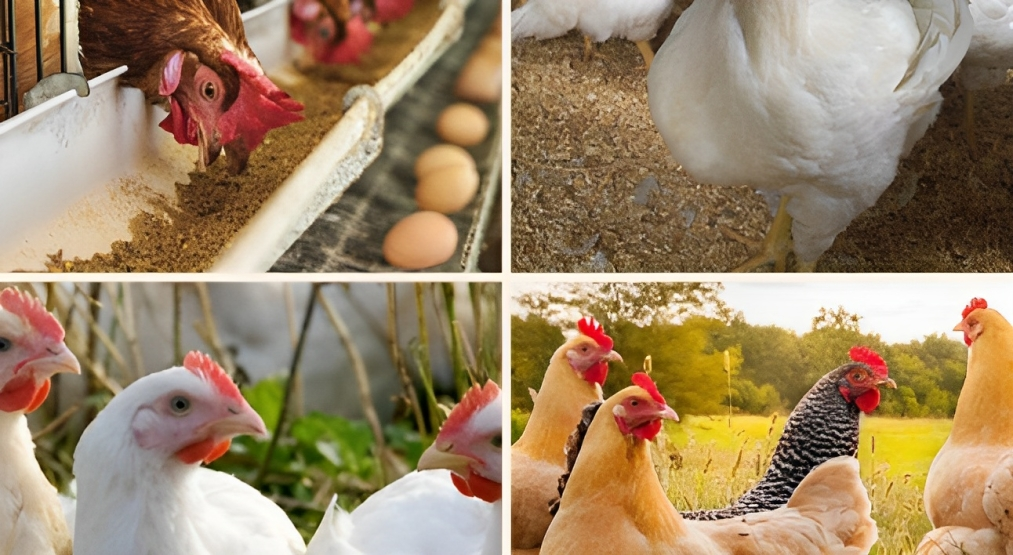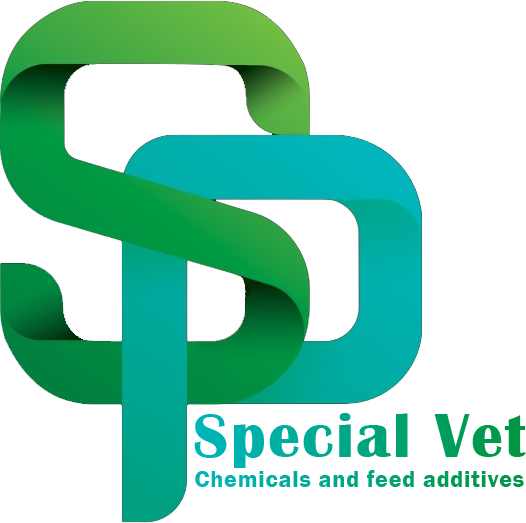
THE EFFECTS OF FEED ADDITIVES COMMONLY USED IN THE RATIONS OF CHICKENS ON PERFORMANCE AND EGG PARAMETERS
Transition from Antibiotics to Probiotics, Organic Acids, Enzymes and Yeasts
Today, with the increase in the yield of laying hens, the importance of feed additives has increased significantly in order to obtain new products in accordance with consumer wishes.
Feed additives have 2 important purposes;
1- Improving the intestinal microflora with microorganisms beneficial to the digestive system,
2- To control pathogenic bacteria such as Salmonella and coliform.
The addition of antibiotics, which have been used for many years as a growth factor, especially in broiler chickens, has increased poultry performance. However, in animals, or the excessive use of antibiotics to promote growth in animals and humans for therapeutic purposes because they are now being abandoned with the emergence of antibiotic resistance among pathogenic bacteria may be a huge pressure on the microflora. in 1999, some antibiotics used in poultry nutrition were banned by the EU with this concern. Later, the European Union banned the use of all antibiotics used as growth factors in poultry and farm animals in 2006.
These developments have also led to the need for alternative feed additives. Plant extracts, essential oils, organic acids, probiotics, prebiotics have emerged as an alternative to antibotic-based growth factors.
Probiotics used in animal nutrition positively affect the gastrointestinal tract of animals, strengthen the natural defense system and biologically regulate the intestinal microflora.
Organic acids also have a performance-enhancing effect on poultry. The organic acids used in the ration and their salts maintain the microbial balance in the gastrointestinal tract and stop the development of microorganisms in the feed. In addition, organic acids also increase the absorption of nutrients, digestion and solubility of feed additives, prevent the development of pathogenic microorganisms in the environment, increase enzyme activity. At the same time, the digestibility and usefulness of minerals such as iron, calcium, phosphorus, magnesium, zinc, protein and amino acids also increases due to the increase in the acid environment and enzyme activity.
Enzymes help digestion by breaking down protein, fats and starch. The use of enzymes increases the degree of digestion of feed, metabolic energy values and increases the utilization of feed by animals (FCR). It has been proven that when phytase enzyme is added to egg chicken rations, animals maximize the use of feed with an increase in feed consumption, egg mass increases and shell quality improves.
They found that the use of probiotics and yeast has a significant effect on shell weight and shell thinness, and the addition of probiotics improves these parameters. It is known that probiotics have a positive effect on the Haugh Unit and the yellow index, which are the most important criteria for determining the internal quality of eggs.
In addition to the fact that the additives to be used in the egg chicken rations increase the productivity of the animal, it is also important to protect the feed from spoilage. For this purpose, soft acids (soft acids) can be used effectively in these additives. For this purpose, it is necessary to determine which dose can be optimally effective in poultry yield and feed preservation by using different doses of these soft acids in poultry rations.
